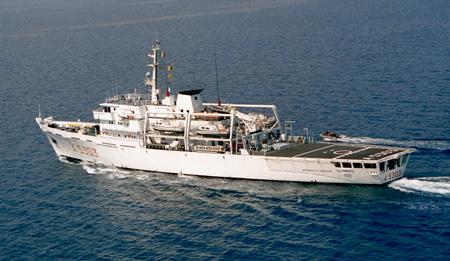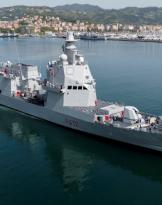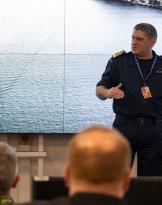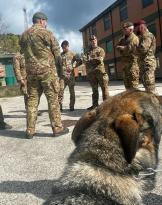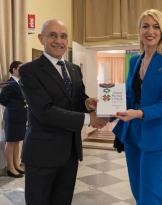Since then, the unit, with its 123 crew members, sets sail each spring to conduct surveys to update the nautical documentation, an essential requirement for those who go by sea, and for the study of water, conducting oceanographic campaigns, aimed at chemical-physical analysis of water and research activities on wrecks and submerged objects.
The only hydro-oceanographic offshore unit of the navy, the Magnaghi ship is currently engaged in an intense modernization activity at the La Spezia arsenal.
The interventions are aimed not only at the execution of periodic and scheduled activities on the hull and on the propulsion apparatus, but also at the adaptation of the on board premises. Important work will also include hydro-oceanographic instrumentation and telecommunication systems in order to adapt the unit to international standards, ensuring efficiency and operational effectiveness over time.
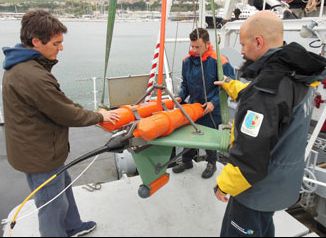
Work stoppage is an important period also for on-board personnel and in particular for hydrographers, who take advantage of this moment to deepen their knowledge of systems and equipment and to keep abreast of the latest developments in technology. The modern and state-of-the-art instrumentation, the operational premises and the logistical capabilities of the unit make the Magnaghi an ideal scientific platform for conducting campaigns also in synergy with research institutions outside the navy.
In recent years, the Magnaghi ship boasts numerous collaborations with research institutions, highlighting the intrinsic vocation of dual use. The unit operated in the Gulf of Pozzuoli together with researchers from the National Institute of Geophysics and Volcanology (INGV) for the characterization of the Campi Flegrei area, a priority area of interest for civil protection due to volcanic phenomena.
She worked on the study of gaseous emissions in Panarea in competition with the National Research Council (CNR-ISMAR) and the identification of deep coral reefs (300-500 mt) at the Cinque Terre, a marine protected area, in collaboration with ENEA and the research of micro-plastics at sea with the University of Siena (Plastic Buster project). Furthermore, wreck research campaigns were conducted, with findings of units sunk in the Second World War, and hydrographic surveys for the updating of numerous nautical charts including: Aeolian Islands, Port of Livorno, Porto Empedocle, Secche di Ugento, Canale di Sicilia. At the end of the works, Nave Magnaghi will be ready to set sail, under the command of the Fregata Santo Vella captain, to conduct new surveys and thus contribute to increasing knowledge and safety on our sea.

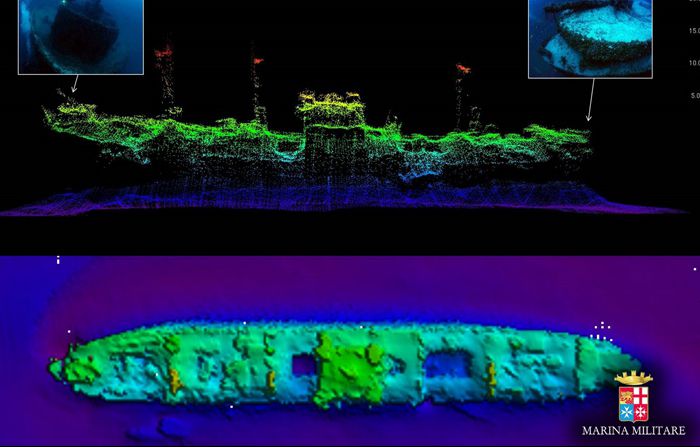
Source: Military Navy

